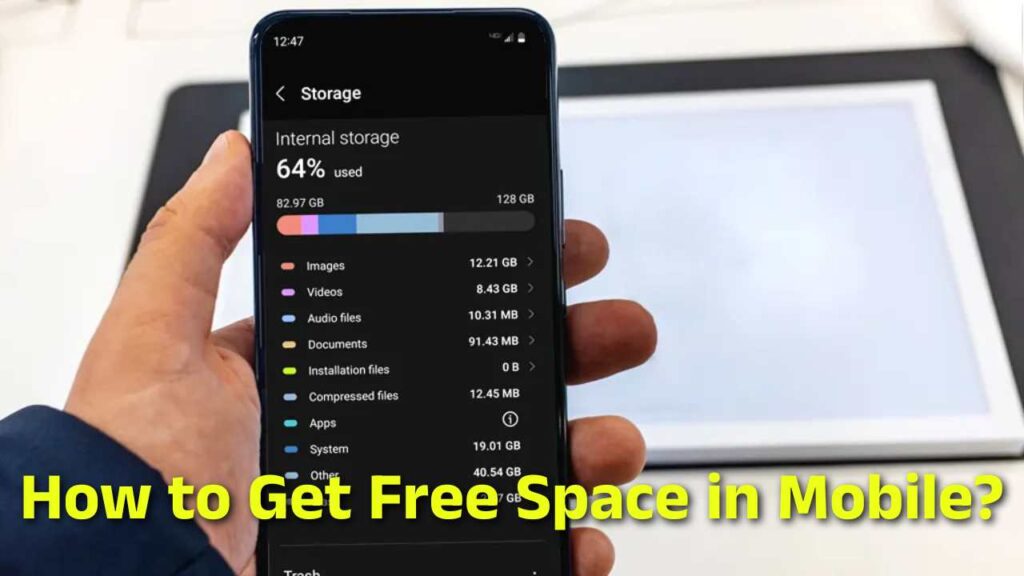In today’s digital age, smartphones have become an integral part of our lives. From photos, videos, and apps to documents and music, our mobile devices store an incredible amount of data. However, storage space often runs out, causing performance issues and frustration. This guide will walk you through practical and effective ways to free up space on your mobile device.

1. Clear Cache Data
Cache files are temporary data stored by apps to improve performance. Over time, they can take up significant space.
- Go to Settings > Storage > Cached Data.
- Tap on Clear Cache to remove unnecessary files.
- Alternatively, clear cache for individual apps under Settings > Apps > Storage > Clear Cache.
2. Delete Unused Apps
Apps that are rarely used can consume significant space.
- Open Settings > Apps.
- Review apps and uninstall those you no longer need.
- Use the Google Play Store to identify and remove unused apps.
3. Move Files to Cloud Storage
Cloud services like Google Drive, Dropbox, or iCloud offer free storage options.
- Upload photos, videos, and documents to the cloud.
- Delete local copies after backing them up.
4. Transfer Files to an External SD Card
If your device supports expandable storage:
- Move photos, videos, and other large files to the SD card.
- Change camera settings to save new photos directly to the SD card.
5. Delete Duplicate Files
Duplicate files can unnecessarily take up space.
- Use apps like Files by Google or Duplicate File Finder to scan and delete duplicates.
6. Optimize Photos and Videos
High-resolution photos and 4K videos consume significant storage.
- Use apps like Google Photos to compress media files.
- Manually adjust camera settings to a lower resolution.
7. Clear Downloads Folder
Old downloaded files are often forgotten and occupy valuable space.
- Open the Downloads folder.
- Delete files that are no longer needed.
8. Use Lite Versions of Apps
Many popular apps have lightweight versions (e.g., Facebook Lite, Messenger Lite).
- Install these alternatives to save space and improve performance.
9. Manage Offline Files
Streaming apps (e.g., Netflix, Spotify) allow offline downloads.
- Delete old downloaded content.
- Review offline files regularly.
10. Factory Reset (As a Last Resort)
If all else fails, a factory reset can free up maximum space.
- Go to Settings > System > Reset > Factory Reset.
- Back up all essential data before proceeding.
Final Thoughts
Managing mobile storage doesn’t have to be challenging. With regular maintenance and the right tools, you can keep your device running smoothly and avoid storage-related frustrations. Follow these tips, and you’ll notice a significant improvement in your mobile’s performance and available space.
